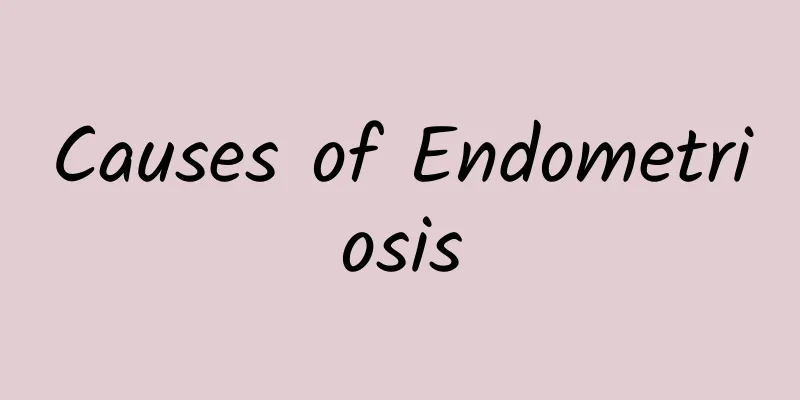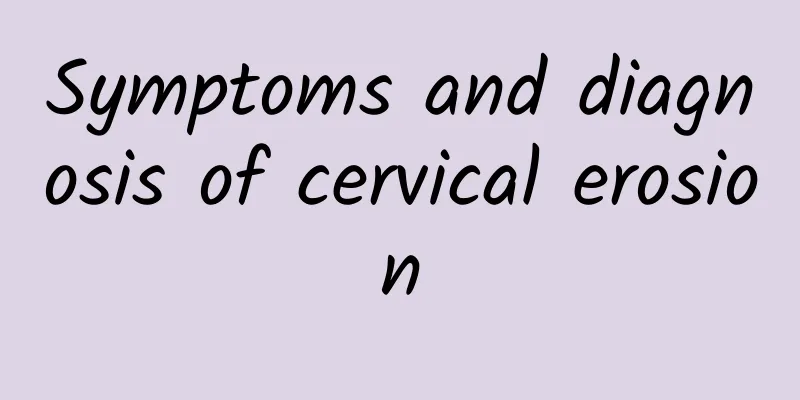Causes of Endometriosis

|
The cause of endometriosis may be related to genetics, environmental factors, physiological factors, trauma or pathological changes. The specific causes are not yet fully understood, but the following aspects may be inducements. 1. Genetic factors Research suggests that endometriosis may have a familial tendency. If a first-degree relative has the disease, the risk of developing the disease in their offspring may increase. Gene mutations or abnormalities may interfere with the normal immune or endocrine system, causing abnormal growth of endometrial tissue outside the body. 2 Environmental factors Exposure to certain harmful chemicals, such as dioxins, heavy metals or plasticizers in the environment, may affect women's endocrine system and increase the risk of endometriosis. Unhealthy lifestyle habits such as smoking, drinking, and staying up late may also have adverse effects on hormone balance and body immunity. 3 Physiological factors Physiological structural abnormalities are important causes of endometriosis. For example, the retrograde menstrual theory holds that during menstruation, some endometrial tissue may flow backward through the fallopian tubes into the abdominal cavity and implant and grow on other organs. Women who have early menarche, short menstrual cycles, or excessive menstrual bleeding are more likely to develop endometriosis. 4 Trauma and surgery When women undergo certain gynecological surgeries such as cesarean section, curettage or hysteroscopy, endometrial tissue may be accidentally transferred to other parts of the body cavity, thereby inducing the occurrence of endometriosis. 5 Pathological factors If a woman has an immune system disease or endocrine disorder, the endometrial tissue may not be cleared in time, resulting in the formation of ectopic lesions outside the body. Chronic inflammation or hormonal imbalance may also affect the normal development of the endometrium, leading to the formation of ectopic lesions. The causes of endometriosis may be multifaceted, from genetics to external environment, to physiological and pathological factors. If you experience symptoms such as severe menstrual pain, infertility or lower abdominal pain, it is recommended to seek medical attention as soon as possible, undergo relevant examinations such as B-ultrasound, laparoscopy, etc. to confirm the diagnosis, and choose intervention methods such as drug treatment, surgical treatment or assisted reproductive technology according to the cause of the disease, while optimizing your lifestyle and reducing external risk factors. |
<<: What are the sequelae after uterine myoma removal?
>>: How to treat uterine prolapse? What is uterine prolapse?
Recommend
Facebook addicts more likely to be overweight
There are more than 1 billion people in the world...
What are the main causes of vaginitis?
Vaginitis is an orthopedic disease that may occur...
Don’t eat bananas wrong! Eating too many ripe bananas with black spots can cause obesity
There is a saying on the Internet: "'Gre...
Endocrine disorders are often the cause of dysmenorrhea
The cause of dysmenorrhea causes people to suffer...
Obesity increases the risk of diabetes and cardiovascular disease! 4 reminders to help clarify your weight loss concepts
One in two adults and one in three children and a...
Pay attention to the early symptoms of ovarian cysts
Once the symptoms of ovarian cysts appear, they m...
What are the categories of cervicitis
Cervicitis is a common disease among women, and t...
What is the cure rate for hyperprolactinemia?
If you suffer from hyperprolactinemia, this disea...
Which hospital is best for painless abortion in Shenzhen?
It is very important to popularize sexual knowled...
Is there any medicine specifically for pelvic peritonitis?
Some patients never thought that they had always ...
How to care for patients with adnexitis who have menstrual blood clots
Adnexitis can damage ovarian function, lead to en...
Common symptoms of acute cervicitis in women
Cervicitis is a common and frequent disease in li...
[Video version] Is obesity caused by excessive moisture? Tangerine peel, Poria cocos, and Hawthorn can eliminate dampness, resolve phlegm, and reduce weight
Is obesity caused by too much "moisture"...
What is ovarian cyst bleeding?
What is ovarian cyst bleeding and what are the sy...
What are the harms of artificial abortion?
Artificial abortion can cause great harm to women...









